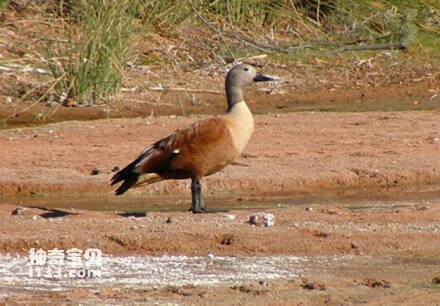
Tadorna cana
Tadorna cana,South African Shelduck
Tadorna cana (South African Shelduck), no subspecies.The grey-headed duck st···
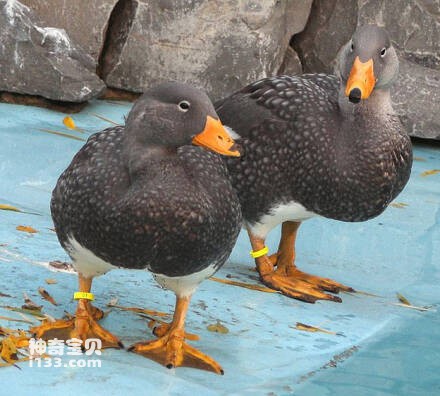
Tachyeres pteneres
Tachyeres pteneres,Flying Steamerduck
Tachyeres pteneres (Tachyeres pteneres) is a social teal of the family Anati···
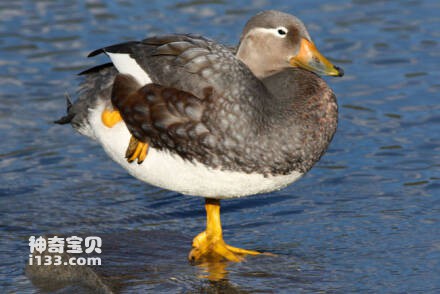
Tachyeres patachonicus
Tachyeres patachonicus,Flying Steamerduck
The Flying Steamerduck (Tachyeres patachonicus) is a member of the Flying st···
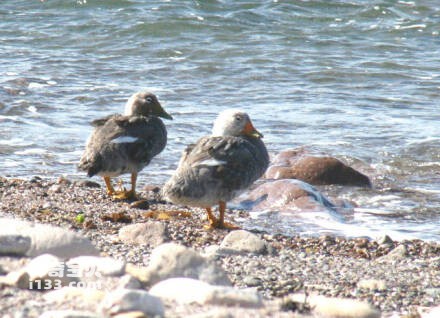
Tachyeres leucocephalus
Tachyeres leucocephalus,White-headed Steamerduck,Chubut Steamerduck,Chubut Steamer Duck,White-headed Steamer-duck
White-headed duck (Scientific name: Tachyeres brachypterus) White-headed Ste···
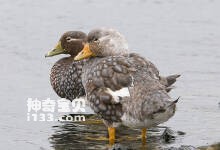
Tachyeres brachypterus
Tachyeres brachypterus,Falkland Steamerduck
The Falkland Steamerduck (Tachyeres brachypterus) is a social duck of the fa···
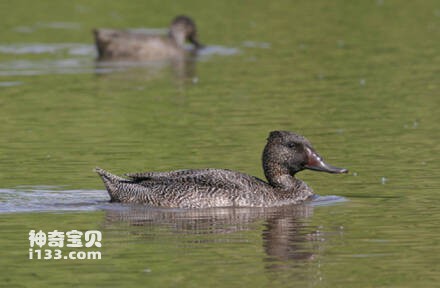
Stictonetta naevosa
Stictonetta naevosa,Freckled Duck,Canvasback,Oatmeal Duck,Speckled Duck, Diamantina Duck
Australian spotted duck (Stictonetta naevosa; Freckled Duck, Canvasback, Oat···
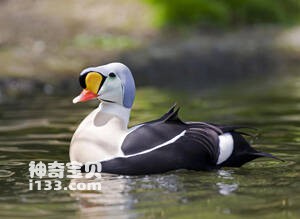
King Eider
King Eider,Somateria spectabilis
King Eider (Somateria spectabilis), no subspecies.King Eider ducks are the l···
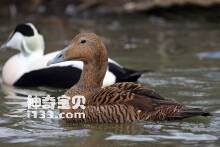
Somateria mollissima
Somateria mollissima,Common Eider
The Eider duck (Somateria mollissima) is known as Common Eider and has six s···
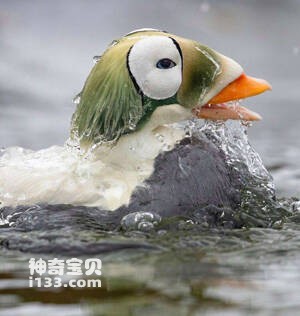
Somateria fischeri
Somateria fischeri,Spectacled Eider
The white orbital Eider (scientific name: Spectacled Eider), the foreign nam···
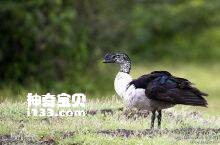
Sarkidiornis melanotos
Sarkidiornis melanotos,Comb Duck
The Comb Duck (Sarkidiornis melanotos) has two subspecies.The lumped ducks o···
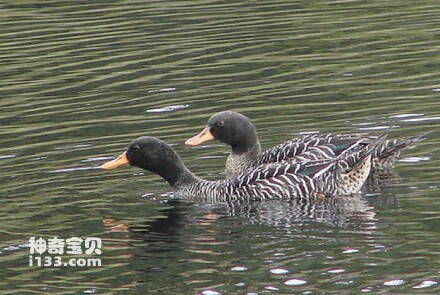
Salvadori’s Duck
Salvadori’s Duck,Salvadori's Teal,Salvadorina waigiuensis
Decorative Duck (scientific name: Salvadorina waigiuensis) foreign names Sal···
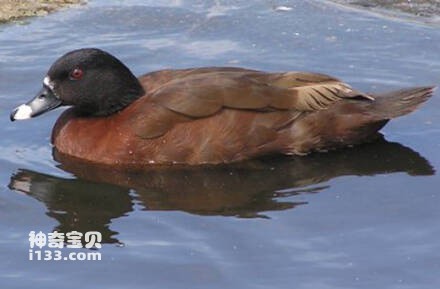
Pteronetta hartlaubii
Pteronetta hartlaubii,Hartlaub’s Duck
Hartlaub's Duck (Pteronetta hartlaubii) is a dark maroon duck found in t···
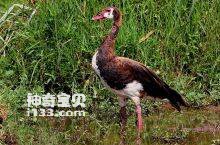
Plectropterus gambensis
Plectropterus gambensis,Spur-winged Wood Goose
Plectropterus gambensis is a type of bird between geese and ducks, and is co···
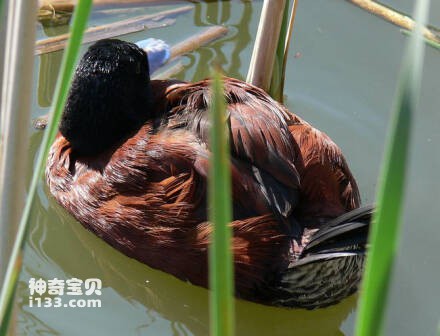
Oxyura vittata
Oxyura vittata
The South American hard-tailed duck (Oxyura vittata) is a typical social tea···
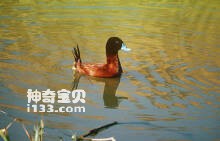
Oxyura maccoa
Oxyura maccoa,Maccoa Duck
The Maccoa Duck (Oxyura maccoa) is a typical social teal of the family Anati···
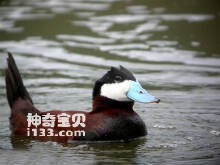
Oxyura jamaicensis
Oxyura jamaicensis,Ruddy Duck
The Ruddy Duck (Oxyura jamaicensis) has three subspecies.In addition to the ···
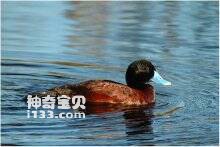
Oxyura australis
Oxyura australis,Blue-billed Duck
The Australian hard-tailed Duck (Oxyura australis) is a Blue-billed Duck, wi···
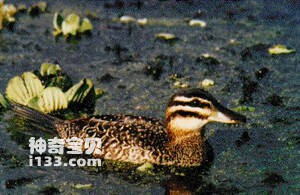
Nomonyx dominicus
Nomonyx dominicus,Masked Duck,Oxyura dominicus
Nomonyx dominicus (Nomonyx dominicus) is a very typical social teal of the f···
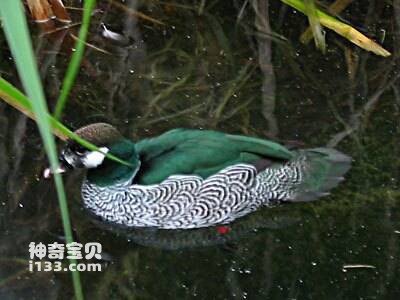
Green Pygmy-goose
Green Pygmy-goose,Green Pygmy Goose,Nettapus pulchellus
The Green Pygmy Goose (Nettapus pulchellus) is the smallest teal in the fami···
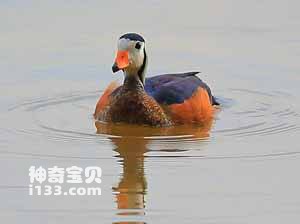
Nettapus auritus
Nettapus auritus,African Pygmy-goose
Nettapus auritus (African pygomy-goose), no subspecies.The pachyptews often ···
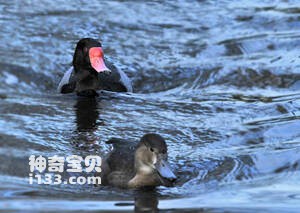
Rosy-billed Pochard
Rosy-billed Pochard,Netta peposaca
The pink-billed Pochard (Netta peposaca) is a bird of the Anseriformes famil···
